The Pome fruit are a grouping of tree crops which produce as fruits a pommel. Let’s talk about important fruit trees such as: Apple tree, However, quince, common medlar, rowan, azzeruolo. In essence, these are crops that are part of the family of Rosaceaesubfamily Maloideae. In agronomic terms, the Pome fruits are compared with the Stone fruit (here are the differences). In this article, however, we see what are the peculiar characteristics of the buds and branches of the main Pome fruits. Knowing how to recognize them is in fact very important to guide the different cultivation operations, especially the apple tree pruning, that of the pear tree And that of the quince.
The buds of the Pomacee
In the Pome fruit the reproductive buds are made up exclusively of mixed buds. These at the time of budding give both flowers and leaves and buds. In the Pomacee the flowers are gathered in typical multiple inflorescences.
The mixed buds are found mainly in the apical position on the branches, rarely, in some varieties, they can also be found in correspondence with the lateral nodes. This peculiarity is important in determining the type of winter pruning cuts.
If we want to save the fruiting bud in an apical position, easily identifiable also due to its large size, shortening cuts must be avoided.
The wood buds, on the other hand, are found in the axillary position, or even apical if the mixed bud is not present (in the wood branches).
The main pome fruits, namely apple, pear and quince, have latent and adventitious buds; they are therefore capable of producing adventitious shoots.
The branches of the Pomacee
In the Pome fruits the ramifications are classified according to the size and the productive aptitude, with the distinction between: mixed branches, brindilli and lamburde.
Mixed branches
The mixed branches are 30-80 cm long and have a mixed bud in the apical position and, rarely, in some varieties, also in a lateral position. After the fruit production, these branches bend, giving rise in the following year to branches covered with fertile brindilli and lamburde, useful for maintaining production.
Toast you
The brindilli are relatively slender branches, 10-20 cm long, which have quickly finished their elongation. The fertile brindillo also takes the name of crowned brindillo, due to the presence of the mixed bud in the apical position. There are also vegetative brindilli, devoid of mixed buds.
Lamburde
Lamburde are extremely short branches, only a few centimeters long. They remain thus over the years, showing only short elongations, or giving rise to brindilli, starting from the mixed apical bud. In the Pomacee there are also the vegetative lamburde, which end with a vegetative bud and often evolve into floriferous lamburde after 1 or 2 years, differentiating a mixed apical bud.
The lamburde can have a wrinkled appearance (as a consequence of the scars left by the leaves) or smooth (in this case they are generally a little longer and have some lateral buds).
At the base of the inflorescences, at the point of insertion of the fruit, an enlargement is formed due to the accumulation of reserve substances. They are persistent woody formations called “bags”, from which lamburde or brindilli can originate. The formation of bags and lamburde on top of each other gives rise to a characteristic woody structure of the Pome fruits: the “cock’s paw”.
Apple tree
Gems
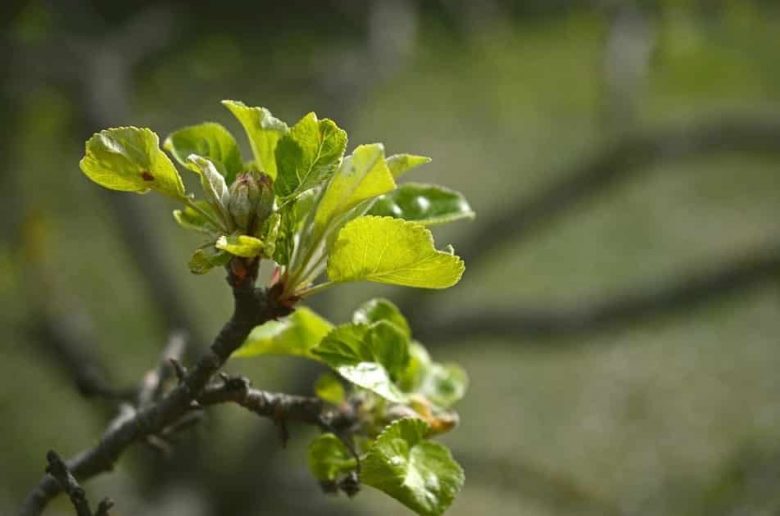
In the apple tree, the main tree crop of the grouping of the Pomacee, the mixed buds have an ellipsoidal shape. From these buds a bud formed on average of 3-8 leaves in the basal part and a terminal corymb inflorescence composed of 4 to 7 flowers is born. The central flower is larger, develops first and is laterally surrounded by smaller flowers. The leaves close to those that subtend the flowers, have a wood bud which, with the subsequent development, can give rise to a shoot (which takes the name of “bag branch”). The latter allows for the subsequent continuation of growth starting from the production area. Mixed buds of good quality are found at the apex of lamburde or also of brindilli and mixed branches. The flower induction takes place between June and July. The wood buds are pointed in shape and small in size, and are located laterally along the branch.
Branches
In the apple tree, the mixed branches have vegetative buds and a mixed apical bud. In some apple varieties mixed axillary buds are also present. The brindillo has axillary vegetative buds and a mixed apical bud.
The lamburda, as mentioned, is a very short branching, with a mixed apical bud which after fruiting gives rise to a bag that will later form the “cock’s legs”. This is the main production structure, but in some varieties the brindilli and mixed branches are also important.
However
Gems
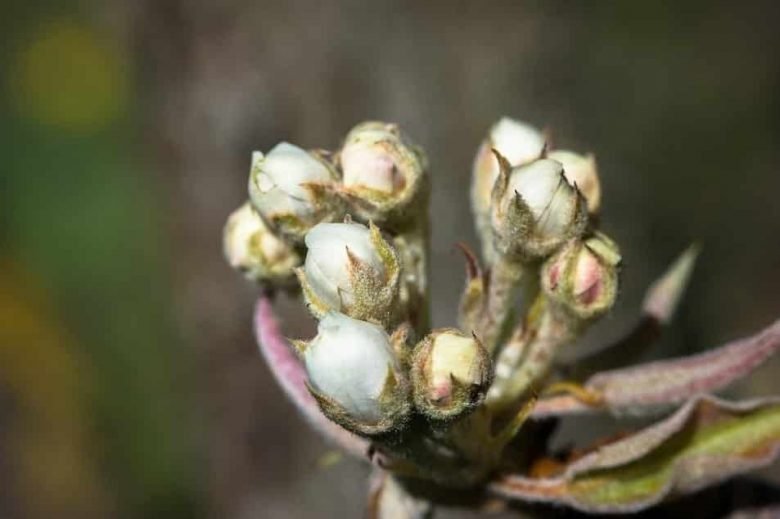
In the pear, the mixed buds have a conical and swollen appearance. They originate a bud and above all a large racemic inflorescence, formed by 7-15 flowers. The flower induction takes place between July and August.
Mixed buds of good quality are found at the apex of the lamburde or also of the brindilli and mixed branches.
Wood gems, on the other hand, are pointed in shape and small in size. They can be provided with two sub-buds that sprout only in case of need, replacing the main bud.
Branches
In the pear tree, the mixed branch is provided with vegetative and mixed buds. The mixed buds in the apical position is the one that produces the fruits. There are some in a lateral position which, however, are often not able to produce. The brindillo is provided with vegetative buds along the axis and a mixed apical (and in some cases also lateral) bud.
The lamburda, as in the apple tree, is a very short branching, with a mixed apical bud which, after fruiting, gives rise to a bag to later form the legs of a rooster. In some pear varieties, the rooster’s foot ages quickly, in others it remains productive for many years. The three types of branch therefore have different importance for production purposes according to the variety.

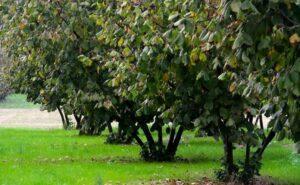
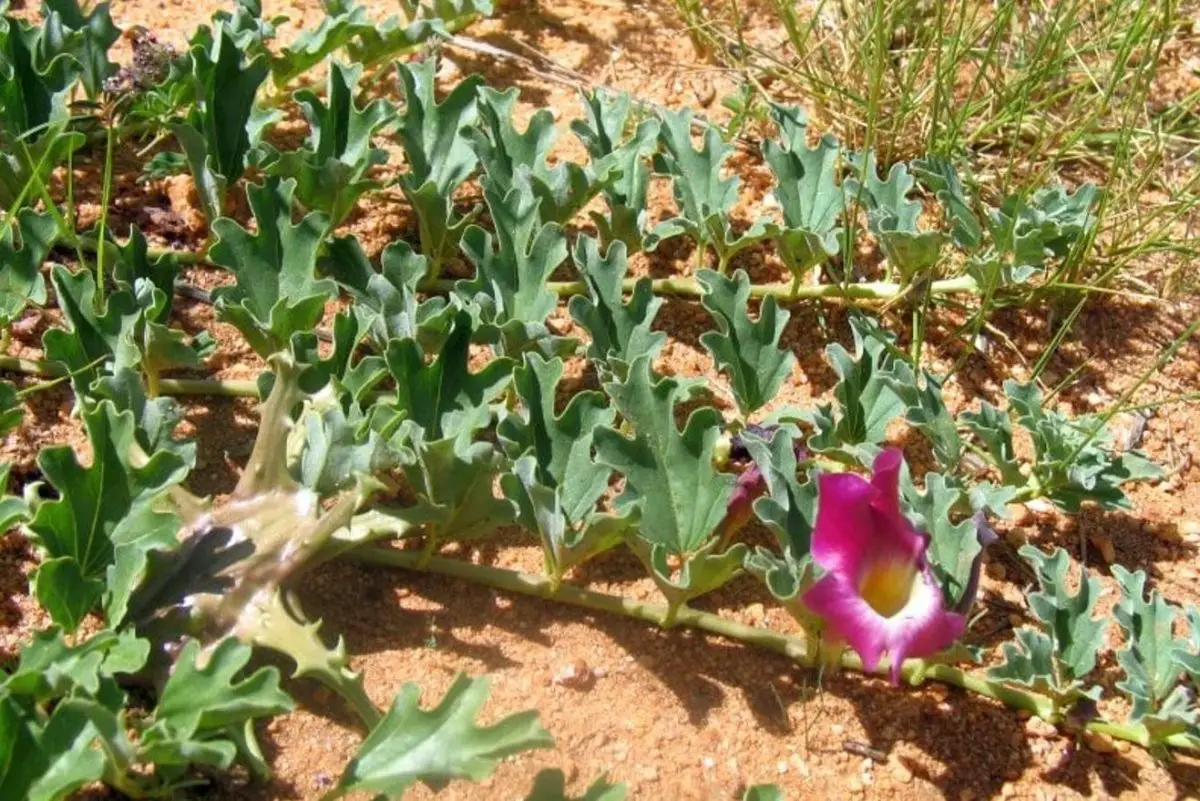
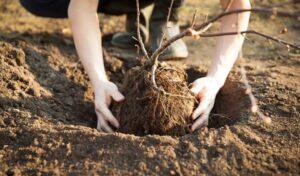
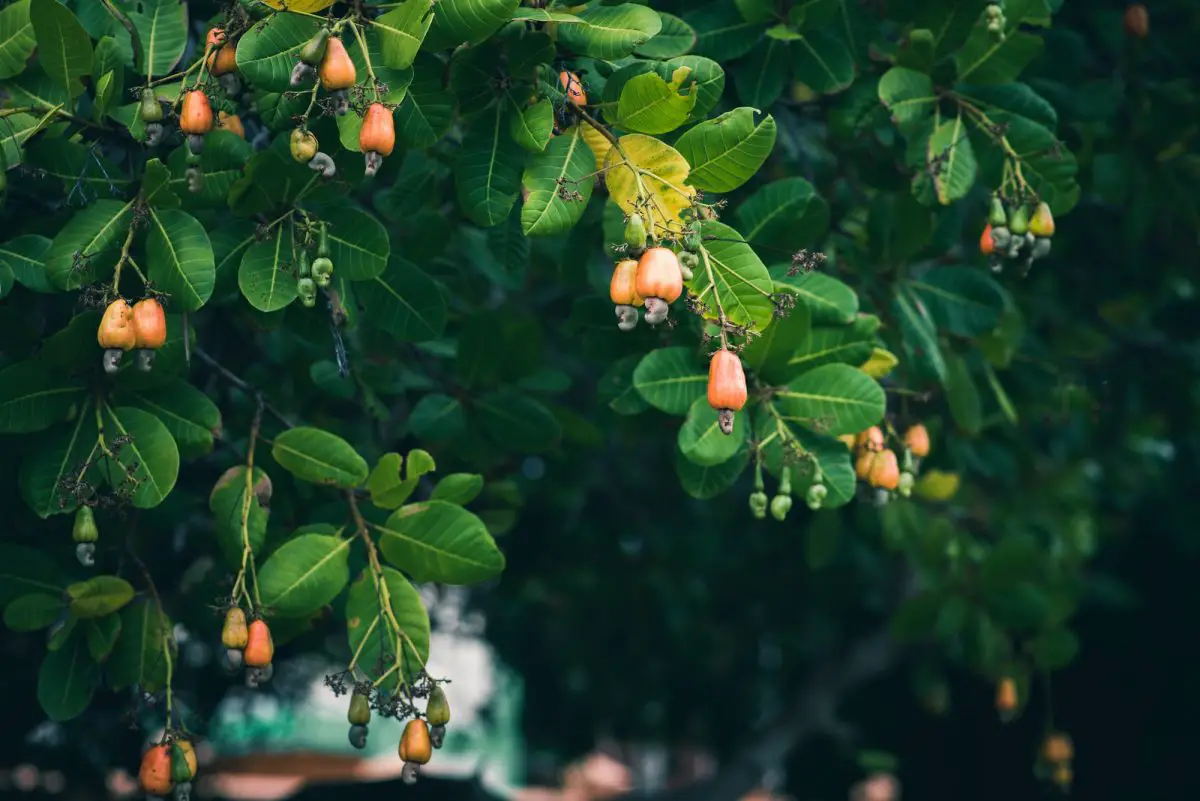
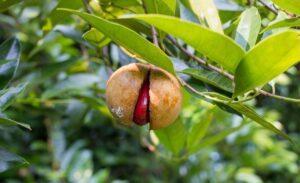
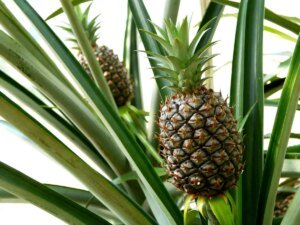
Start a new Thread